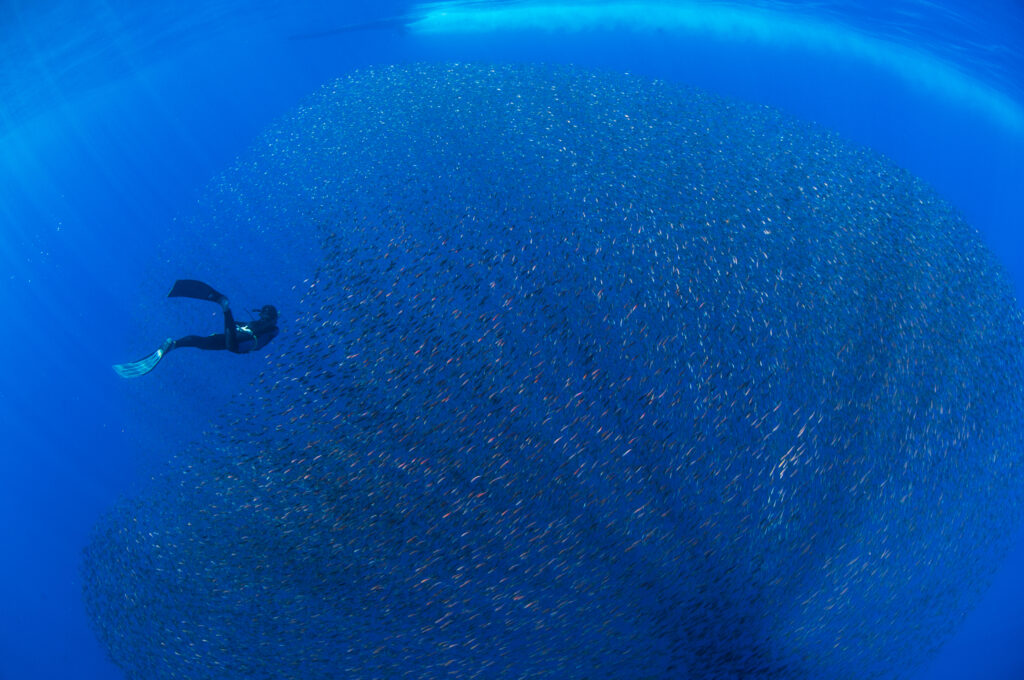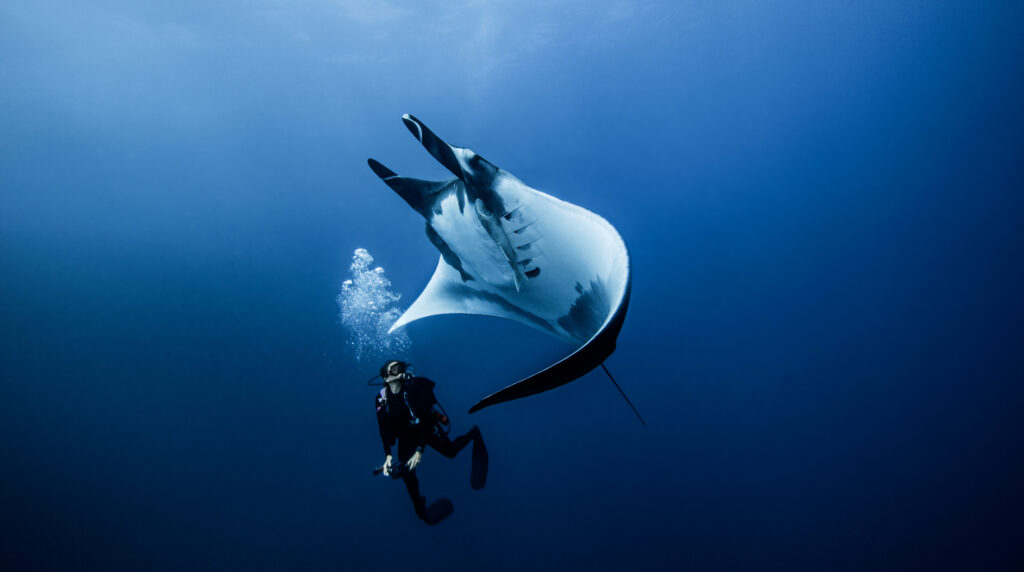What is a Quick Link?

A quick link, often used in scuba diving, is a small but crucial piece of hardware designed to connect various components of diving gear quickly and securely. Its design resembles a chain link but with a threaded closure, which allows for easy attachment and detachment. Quick links are indispensable in diving due to their strength, reliability, and ease of use, providing divers with a versatile tool for securing equipment such as hoses, accessories, and other essential items. Their simplicity and efficiency make them a preferred choice over other types of connectors.
What is Open Water Diving?

Open water diving is a fundamental form of recreational scuba diving, characterized by diving in natural bodies of water such as oceans, seas, and lakes. Unlike confined water diving, which takes place in controlled environments like swimming pools, open water diving offers divers the opportunity to experience the vastness and diversity of underwater ecosystems. This type of diving typically involves greater depths and more variable conditions, making it both a thrilling and challenging pursuit for enthusiasts of all levels. The concept of open water diving is integral to the sport, providing the foundation for various specialized diving activities and advanced certifications.
What is an Adjustable Buoyancy Life Jacket?

An adjustable buoyancy life jacket (ABLJ) is a crucial piece of equipment in scuba diving, designed to help divers manage their buoyancy underwater. Buoyancy control is vital for a safe and enjoyable diving experience, as it allows divers to maintain neutral buoyancy, ascend, or descend smoothly. The ABLJ combines the functionality of a life jacket with the capability to adjust buoyancy, making it an essential tool for divers of all levels. This article will delve into the history, design, types, operational use, safety features, and overall impact of ABLJs on scuba diving.
What is Intermediate Pressure?

Intermediate pressure is a critical concept in scuba diving, referring to the pressure between the first and second stages of a diver’s regulator system. This pressure is crucial for the proper functioning of the diving equipment, ensuring that the diver can breathe comfortably and safely underwater. Understanding intermediate pressure is essential for both recreational and technical divers, as it affects the overall performance and safety of the diving gear. This article delves into the principles, mechanics, equipment implications, maintenance, environmental impacts, and advanced applications of intermediate pressure in scuba diving.
What is a Pressure Gauge?

A pressure gauge is an essential instrument in scuba diving, designed to measure and display the pressure of the air supply within a diver’s tank. This device is crucial for ensuring that divers are aware of their remaining air, thereby allowing them to manage their breathing and plan their ascent to the surface safely. Without a reliable pressure gauge, a diver risks running out of air underwater, which could lead to potentially life-threatening situations. Thus, understanding the function and importance of pressure gauges is fundamental for anyone involved in scuba diving.
What is a Whip?

In the context of scuba diving, a whip refers to a flexible hose or tube used to transfer high-pressure air or other gases from one source to another. Whips are integral to diving operations, facilitating the safe and efficient management of breathing gases. These hoses connect various pieces of diving equipment, such as air tanks, regulators, and buoyancy control devices (BCDs), ensuring divers have a reliable supply of air while underwater. Understanding the role and functionality of whips is crucial for maintaining safety and performance during scuba diving activities.
What is Visual Inspection?

Visual inspection in scuba diving refers to the systematic examination of diving equipment to ensure its safety and functionality. This process is vital in identifying potential issues that could compromise a diver’s safety. Given the high-risk nature of scuba diving, regular visual inspections are crucial for preventing equipment failure that can lead to serious accidents. This article delves into the history, purpose, techniques, common issues, and standards associated with visual inspections in the diving industry.
What is a Submersible Pressure Gauge?

A submersible pressure gauge (SPG) is a vital piece of equipment for scuba divers, used to monitor the pressure of the air remaining in their diving tanks. This instrument is crucial for ensuring that divers have enough air to safely return to the surface. The SPG is typically connected to the diver’s first-stage regulator and displays the pressure in the tank in real-time, allowing divers to keep track of their air supply and manage their dive plans accordingly. By providing accurate and immediate feedback, the SPG helps prevent potentially dangerous situations caused by running out of air underwater.
What is Supplied Air Snorkeling for Youth (SASY)?

Supplied Air Snorkeling for Youth (SASY) is a specialized diving system developed to introduce the fascinating world of underwater exploration to young individuals. It bridges the gap between snorkeling and scuba diving, offering a safe and controlled environment for children to explore and learn about the underwater world without diving too deep. The SASY system consists of a Buoyancy Control Device (BCD) paired with a small compressed air cylinder and a regulator, functioning similarly to a traditional scuba system but with features that restrict the user from descending beneath the surface.
What is Recreational Scuba Diving?

Recreational scuba diving is a popular underwater activity enjoyed by millions of people around the world. It allows individuals to experience the underwater environment firsthand, encountering marine life and underwater landscapes that are typically inaccessible. Unlike commercial or military diving, which focuses on tasks such as underwater construction or defense, recreational scuba diving is primarily for enjoyment and adventure. It involves using a self-contained underwater breathing apparatus (scuba) to breathe underwater, enabling divers to spend extended periods submerged. This activity has grown significantly in popularity due to its appeal to adventurers and nature enthusiasts alike.
